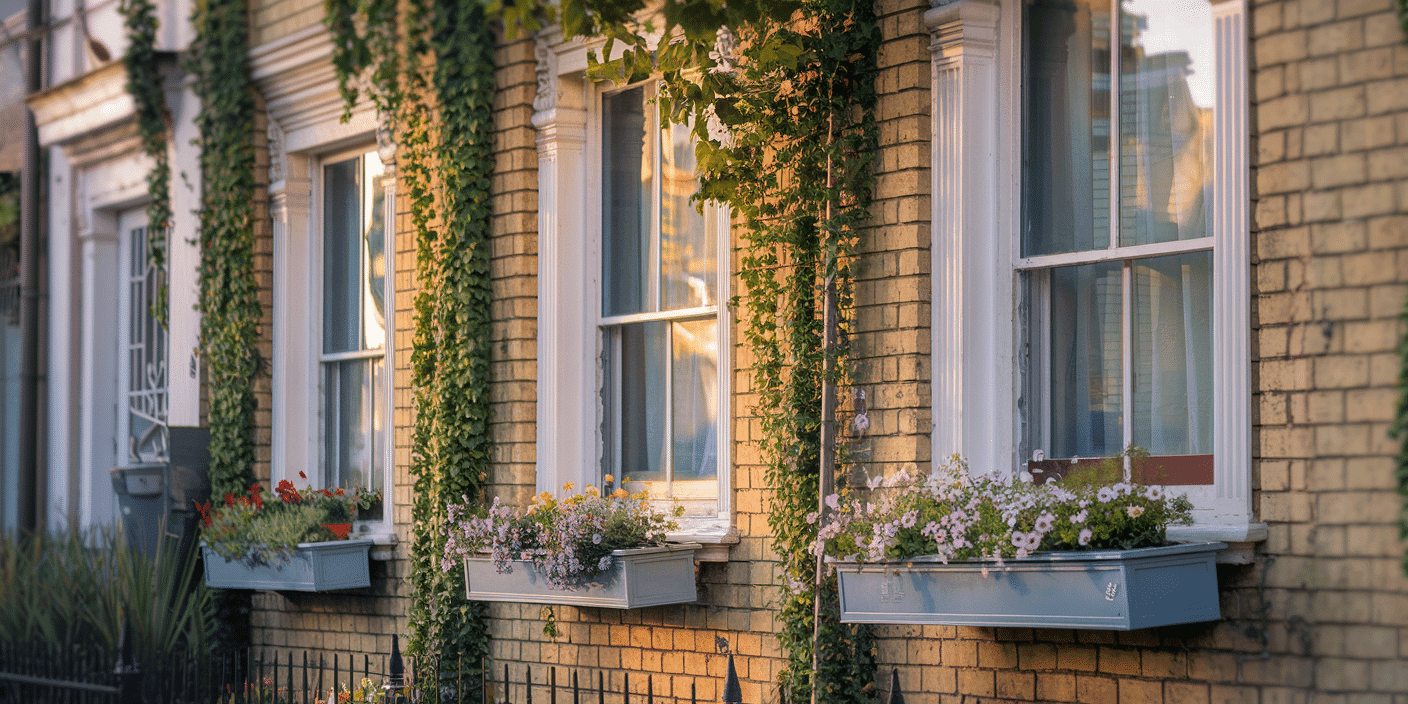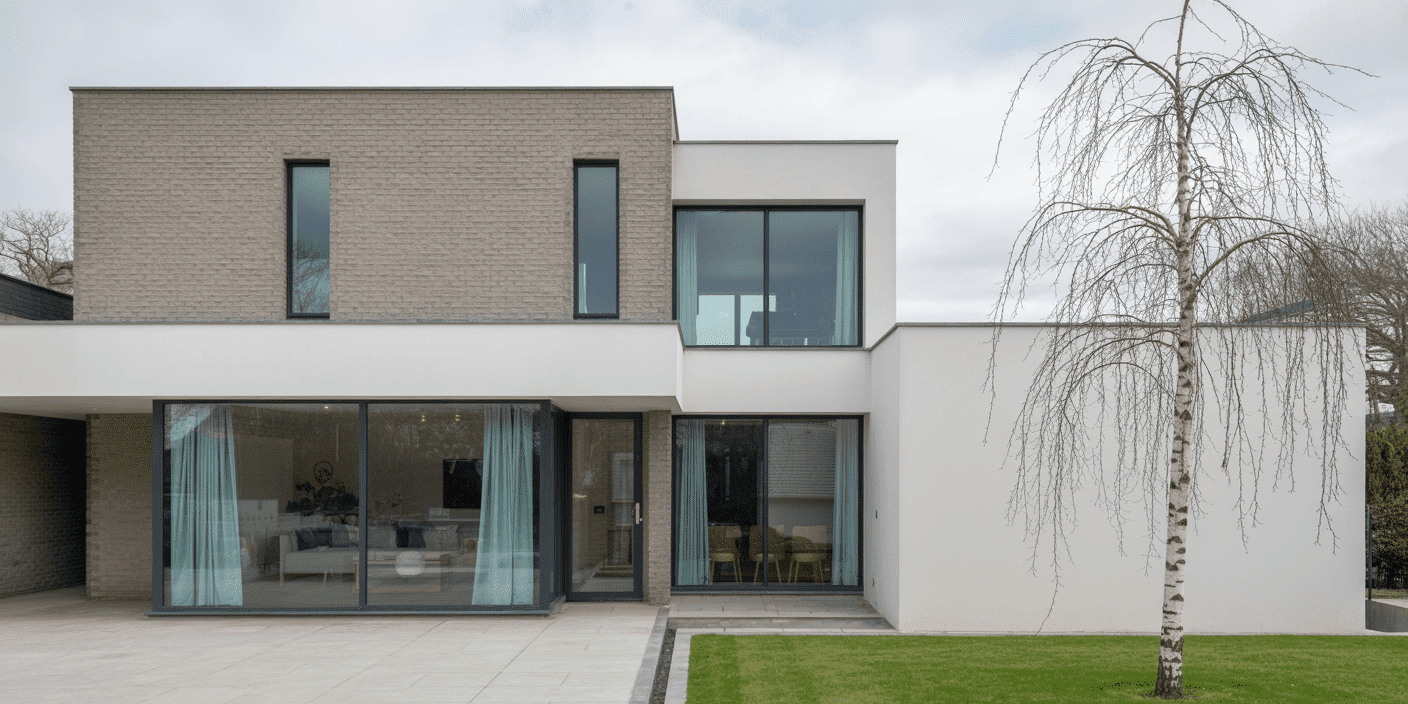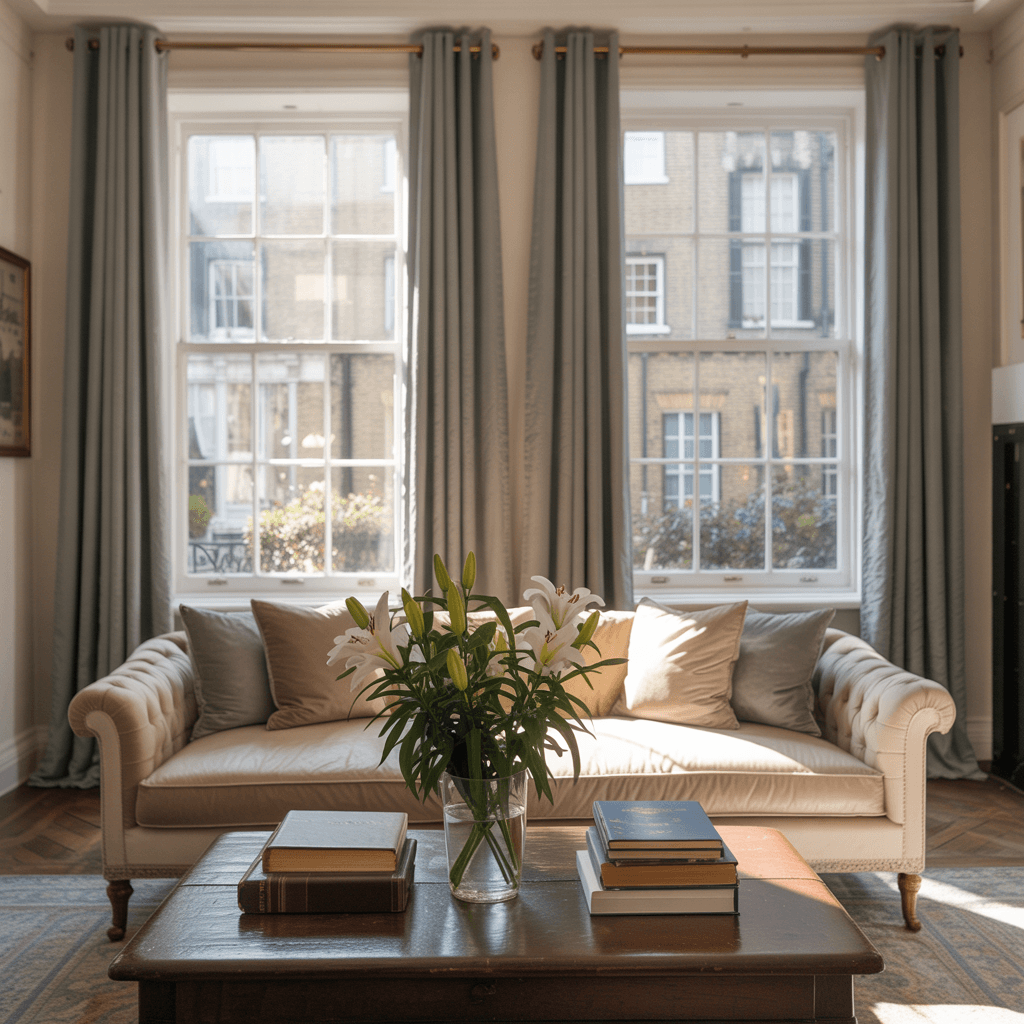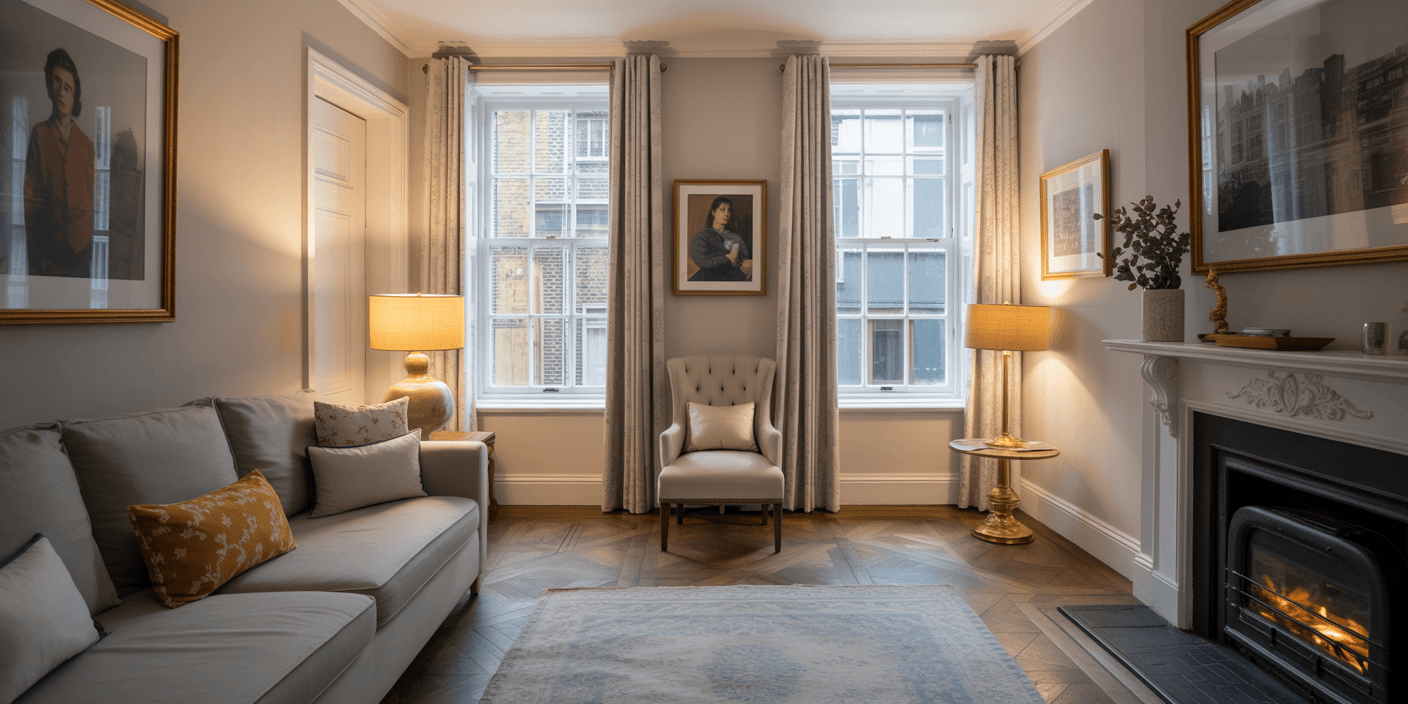The Truth Behind the Badge
The Passive House standard has become something of a byword for building excellence—particularly when it comes to windows. Certified systems are marketed as the pinnacle of performance: energy-efficient, expertly engineered, and future-ready.
But a fundamental question remains—does certification automatically guarantee real-world benefit?
At Sash Windows London, we recognise the scientific rigour behind Passive House. Its benchmarks are clear, its aspirations laudable. Yet over time, its meaning has been diluted by marketing narratives that prioritise certification as an end in itself, rather than as a tool for delivering genuine comfort.
Passive House certification demonstrates that a window system achieved specific performance metrics under controlled laboratory conditions. But these figures don’t account for the realities of Britain’s existing building stock—especially heritage homes with irregular masonry, moisture variation, and historical features protected by planning law.
This is the environment we specialise in. We’ve installed thousands of windows in London’s pre-war housing stock, where comfort is achieved not through theory, but through adaptation, precision installation, and contextual understanding.
The fact is this: a poorly installed certified window can underperform, while a well-constructed, properly fitted non-certified sash can quietly outperform it. Certification may measure potential. Craftsmanship delivers outcomes.
At Sash Windows London, we measure success not in paperwork, but in comfort—
Warmth without compromise. Silence without sacrifice. Windows that work with the building, not against it.
What Passive House Certification Really Means
Let’s strip away the jargon. Passive House certification isn’t a marketing slogan—it’s a scientific benchmark. It measures how well a building conserves energy, retains heat, and maintains consistent internal comfort without heavy reliance on heating or cooling systems.
For a window to qualify, it must pass three demanding tests:
- Thermal efficiency (U‑value) — The lower the number, the less heat escapes. Passive House windows typically achieve U‑values of 0.80 W/m²K or below.
- Solar gain (g‑value) — The balance between harnessing free warmth from sunlight and avoiding overheating.
- Airtightness — The window and frame must form a near‑perfect seal when installed—no drafts, no leakage, no gaps.
It’s impressive engineering. But there’s a catch: these numbers are achieved in laboratory conditions. The certification assumes flawless installation, uniform insulation around the frame, and a perfectly sealed building envelope.
That’s rarely the case in Britain.
Our architecture tells a different story—uneven walls, heritage brickwork, planning restrictions, and homes designed for open fireplaces. Fitting a lab‑tested product into a 150‑year‑old house is like bolting a Formula 1 engine into a black cab: admirable in theory, awkward in practice.
So what does certification really guarantee? That the window can perform to Passive standards—if the surrounding building is equally well‑designed and executed. But a window doesn’t live in a vacuum; it lives in a wall, under a roof, in a city of damp winters and unpredictable workmanship.
That’s why at Sash Windows London, we treat certification as context, not gospel. We study the performance criteria, adopt the same engineering discipline, and apply it with craftsman’s realism—balancing performance, aesthetics, and practicality.
Because in the end, you don’t live in a lab. You live in a home. And your comfort depends not on theoretical perfection, but on how intelligently those standards are translated to your building.
Passive House defines the theory.
We make it live comfortably in the real world.
The Diminishing Returns Problem — When More Isn’t More
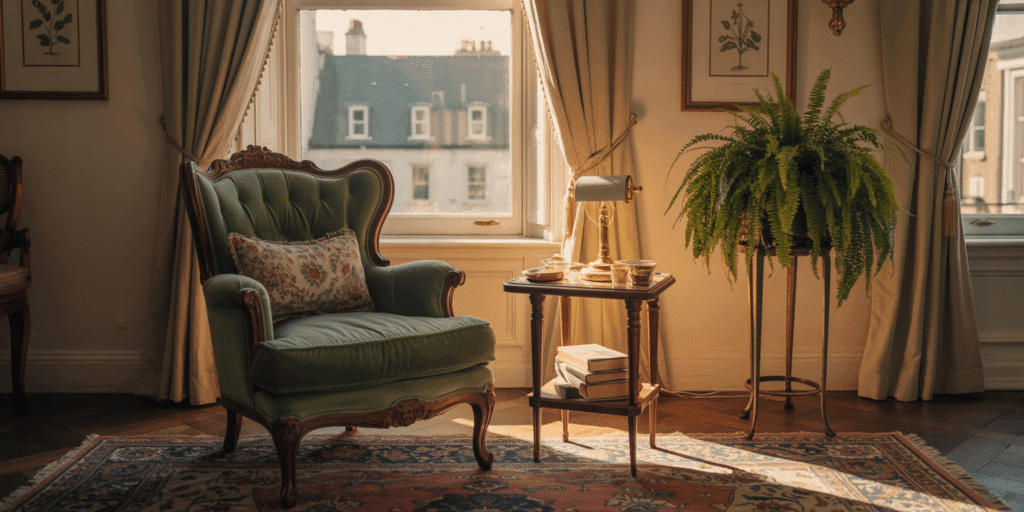
At first glance, Passive House windows seem like the obvious upgrade: lower U-values, better seals, more glass engineering. And in new builds designed from the ground up to support those systems, they make perfect sense. But in thousands of real-world installations, we’ve seen a truth few will admit:
There comes a point where more insulation delivers less value.
Let’s break it down.
Say you’re replacing old single-glazed sashes with modern, double-glazed high-performance units. You’ll see a massive jump in comfort and savings. But if you then ask, “What if I pay 40% more for Passive-certified windows?”—the answer may surprise you.
You’re chasing marginal gains—a drop from a U-value of 1.2 to 0.8, yes, but at significant extra cost and structural complexity. And unless your walls, roof, and floor are also built to Passive standards, you’ll be insulating just one weak link in a very old chain.
In numbers:
- Upgrading to standard high-performance sashes might save you £250–£500 per year on heating.
- Spending another £3,000–£5,000 on Passive-grade glass and frames might gain you… an extra £30–£50 in annual savings.
That’s a 10+ year payback for a few decimals on paper.
What matters more is how the window performs in situ—with precise installation, minimal air leakage, and smart material choices. That’s why at Sash Windows London, we engineer our windows to perform as close to Passive as possible without burdening clients with unnecessary cost or complexity.
In fact, many clients achieve Passive-level warmth and silence without going anywhere near formal certification.
Beyond a certain point, you’re not buying warmth—you’re buying a number.
Let’s help you buy the result instead.
The British Building Reality — Contextual Truth
Passive House standards were born in Germany, land of precision, new-builds, and uniformly insulated walls. But Britain is a different beast entirely. Our homes weren’t designed for perfection; they were designed to breathe, to flex, to survive two world wars and three centuries of architectural whimsy.
Step into London, and you’ll find a mix of 18th-century terraces, Edwardian townhouses, post-war infills, and ambitious loft conversions—all stitched together by planning constraints, heritage officers, and 200 years of brickwork idiosyncrasies.
In this reality, Passive House certification isn’t just hard—it’s often structurally impossible.
- Heritage homes can’t have thick, modern profiles without violating conservation area rules.
- Solid walls without cavities make insulation a nightmare.
- Floor joists often interrupt insulation layers, creating unavoidable thermal bridges.
- Windows must match historical proportions, even when modern performance is desired.
This is where the badge starts to bend under pressure. You could spend thousands pursuing certified components, only to be denied planning permission—or worse, install a product that performs worse because it doesn’t suit the building.
At Sash Windows London, we live and work inside this complexity. We’ve spent decades developing bespoke systems that meet—and often exceed—Part L (thermal), Part Q (security), and Part K (safety) requirements without compromising period charm.
We bridge the gap between engineering ambition and architectural reality—matching performance goals with aesthetic duty. We’ve learned to optimise every angle:
- Sightlines that keep heritage officers happy
- Low-U-value glazing that keeps heat in without altering your home’s character
- Installation techniques that preserve plaster, timber, and tradition
Because in Britain, it’s not just about keeping heat in. It’s about preserving what makes our homes… ours.
Passive House was built for theory.
We build for London.
Craftsmanship Over Certification — The Emotional Pivot
It’s 6:47 a.m. in January. The radiator hasn’t clicked on yet. The street outside is dead silent. You stand in the hallway, barefoot, coffee in hand—and it’s warm. Still. Quiet.
That’s the moment that matters. Not the certificate in your filing cabinet.
At Sash Windows London, we believe the true measure of a window isn’t in its paperwork—it’s in how it feels in your home.
Passive House certification is a performance target. But real comfort? That’s a product of how the window is built, how it’s installed, and how well it works with your building’s reality.
We’ve seen Passive-certified frames let in draughts because they weren’t seated properly in old brickwork. We’ve seen certified triple glazing fog up because the site wasn’t prepared, the aperture wasn’t square, and no one checked the air seal around the frame.
That’s why we focus on something deeper:
- Millimetre-perfect joinery
- Triple brush seals that glide closed with a gentle hush
- Timber frames engineered for thermal breaks without bulky profiles
- Heritage-matched sash horns, beads and mouldings that please both building control and the human eye
We’ve worked on hundreds of homes where clients asked for Passive House-level performance—but walked away with something better: the result without the rigmarole.
It’s not that certification is wrong. It’s that craftsmanship often delivers more, with less fuss, and better fit. Especially in a country where 60% of homes were built before double glazing even existed.
Because comfort isn’t a theory. It’s a sensation.
And the people who build that sensation? They’re craftsmen, not specifiers.
Passive House sets a worthy bar. We clear it—by building for life, not just for paperwork.
When Certification Does Make Sense — Balanced Authority
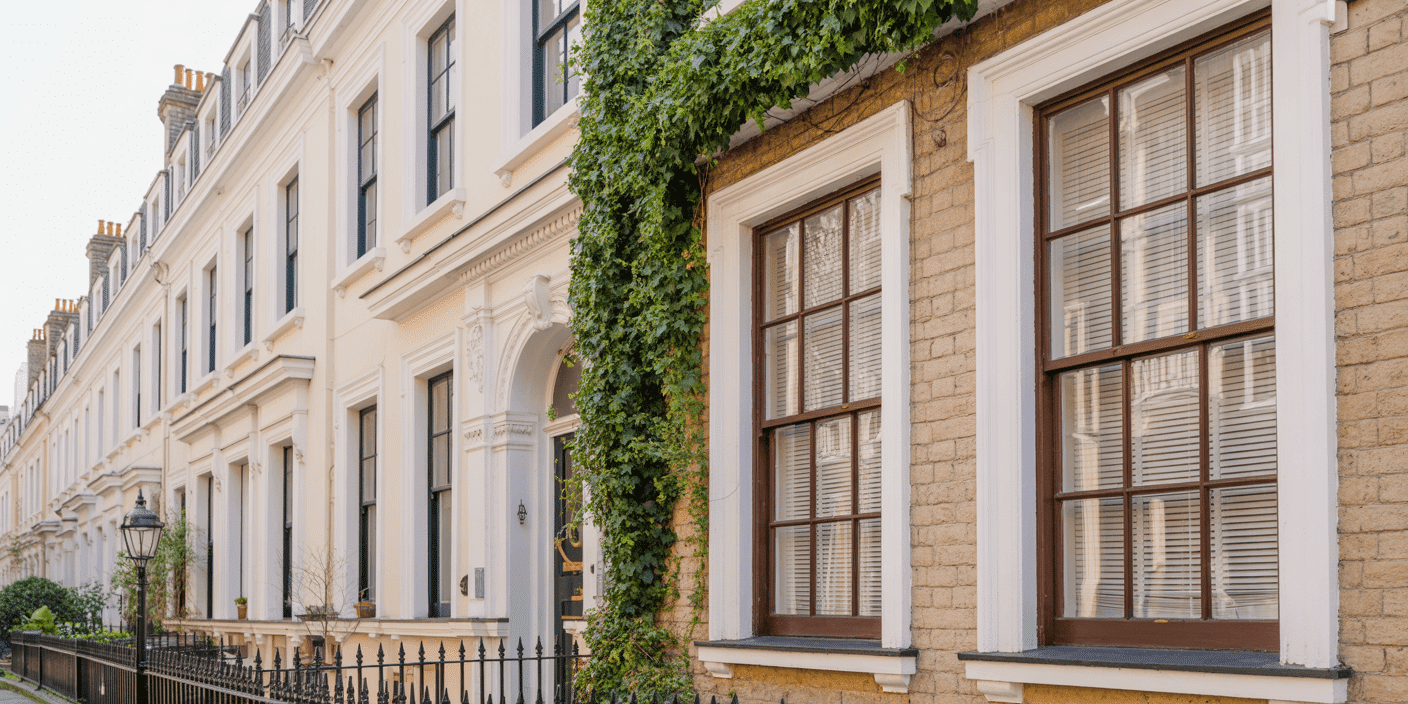
Let’s be clear: we’re not here to tear down Passive House certification. It’s a gold standard of building science for a reason—when the context is right.
There are times when going the full distance absolutely makes sense:
- New builds designed from the ground up with airtightness, MVHR (mechanical ventilation with heat recovery), and continuous insulation in mind.
- EnerPHit retrofits—where every element of an existing home is upgraded to meet near-Passive standards.
- Architect-led projects chasing rigorous benchmarks, carbon targets, or university-led innovation goals.
- Developments that require verified performance documentation for funding, ESG scoring, or planning leverage.
In these scenarios, the Passive House badge becomes not just useful—but often integral to the design, build, and approval process. And in those cases, Sash Windows London can deliver exactly what’s needed:
- Fully Passive-certified window units
- Triple glazing to spec
- Thermally broken composite or alu-clad timber systems
- Performance data packs and compliance reports
But what sets us apart is this: we won’t recommend it unless it serves the project’s needs.
We’ve turned away Passive spec packages when they didn’t make sense. We’ve steered clients towards high-performance alternatives that delivered the same comfort, for less cost, and with less design compromise.
Because certification should be a strategic choice—not a reflex or upsell. And when it does make sense, we have the tools, the partners, and the install expertise to integrate it seamlessly into the build.
We build for performance first.
Certification is an option—never a substitute.
The Sash Windows London Philosophy — Brand as Ethical Hero
At Sash Windows London, we’re not in the business of selling stickers. We’re in the business of building comfort that lasts—windows that belong to the home, and to the people inside it.
We’ve spent years immersed in London’s most complex buildings—Georgian terraces, Victorian semis, listed townhouses, retrofits that balance airtightness with charm. And what we’ve learned is simple:
Real performance doesn’t come from a factory label. It comes from thought, care, and execution.
That’s our philosophy:
- Engineered performance, always.
- Respect for architectural character, always.
- Installation precision, always.
- Honest guidance, especially when it means recommending less, not more.
Where others hide behind jargon, we bring clarity. Where others push certificates, we prioritise outcomes.
We don’t chase trends; we pursue thermal elegance—windows that look right, feel warm, and live beautifully.
Our team isn’t made of spec sheet readers. It’s made of joiners, craftspeople, designers, project managers and installers who understand that your home isn’t a concept. It’s a reality.
And that’s why clients choose us again and again—not just for the product, but for the principles that come with it.
We’ll never tell you that you need certification.
But we’ll always tell you what your home truly needs.
Because in a world of overpromising, overpricing, and overengineering, our quiet truth is the rarest thing of all:
A perfectly fitted window. Done properly. No drama.
The Smarter Path Forward — Call to Action with Moral Clarity
By now, you’ve seen the full picture. Passive House certification is impressive—but not always essential. High-performance windows can deliver remarkable comfort, silence, and savings without the extra cost, complexity, or compromise.
So where does that leave you?
It leaves you at the point where better decisions start—not with a spec sheet, but with a conversation.
At Sash Windows London, we don’t sell solutions before we understand the structure. We ask questions:
- What’s the build?
- What’s the goal?
- What’s the actual performance outcome you need?
Then we engineer backwards from what matters to you—not just what looks good in a brochure.
Because Passive House performance is a worthy ambition. But the right window, properly installed in the right home? That’s where the magic happens.
Here’s what to do next:
Book a Passive Performance Consultation
We’ll assess your home, explain your options, and show you the difference that craftsmanship—not just certification—can make.
Download Our Guide: “Passive vs High-Performance Windows”
Get a side-by-side comparison of costs, benefits, and real-world outcomes, so you can make your decision with full clarity.
Visit Our Workshop
See what real joinery looks like. Meet the people who turn thermal theory into living comfort.
Certification is one path. We offer the smarter one.
Thoughtfully made, beautifully installed, designed to endure.
Let’s build something that doesn’t just tick boxes—
Let’s build something that feels right.
